Our editors independently select these products. Making a purchase through our links may earn Well+Good a commission
‘I’m an Outdoor Expert, and This Is the Gear You Need for Safe and Comfortable Winter Camping’
We talked to Backcountry Gearhead Mikell Bova for his tips on staying safe and warm on your next winter camping expedition.

Does camping make you think of sweaty hikes followed by warm nights under the stars? What about a fresh layer of powder? Snow-covered pine trees? Frozen ponds and icy glacial lakes? Do these quintessential winter scenes ring any bells?If your answer is “no”, listen up—the cold winter months make for excellent camping with the right gear in your pack.
Experts in This Article
Mikell Bova is a Gearhead for the outdoor retailer Backcountry.
As long as you research, prepare, and invest in the right gear, winter camping is a blast. That being said, without the right proper equipment and preparation, camping in the cold can be less-than-ideal and, in some cases, downright dangerous. There’s little room for error—you need to know what you’re doing.
Mikell Bova, an outdoor expert and official Gearhead for Backcountry, knows a thing or two about packing out into the powder. Essentials aside, you need to be strategic about picking a location to set up shop. Elements like wind, trees, and the natural landscape need to be accounted for.
What to know before you go winter camping
As for the wind, pay attention to the wind direction—if there are no natural barriers, wind can potentially blow snow into your tent (not to mention, cause the temperatures to drop from the gusts). If possible, Bova says to avoid sleeping on ridge lines since they are often windier, and look for protection.
“I prefer to find a natural barrier from the wind, which can also help keep from snow blowing on your tent,” says Bova. “You can always create a wall with the snow that surrounds you. Avoid digging deep into the snow to create a barrier as holes will often refill with snow during storms or wind events.”
If you’re planning on making a real backcountry trek, be cautious of avalanches. “If you’re in avalanche terrain, pay attention to the slopes above you. Avalanches can often run longer than expected and can take out trees as they come down—it’s best to keep a wide berth of any slope that has the potential to avalanche,” says Bova.
Do your homework. The more you prepare and the more knowledgable you are about the gear you need, the better off you’ll be when winter camping. “Winter camping carries extra risk, so it’s best to start out slow,” says Bova. “I would recommend doing a few overnighters before jumping into an expedition trip… Start at a place that you can easily retreat if things go astray and work your way up to bigger objectives. And most importantly, have fun!”
Expert-approved winter camping gear to always pack with you
1. A 4-season tent

The North Face, Mountain 25 4-Season Tent — $690.00
Bova says that for camping in the snow, a proper 4-season tent is essential. Something like the North Face Mountain 25 ($690) and Black Diamond Eldorado ($800), which are, “tried and true classics”.
“These tents are often single-walled, made of a more breathable material and have adequate venting to keep the moisture from building up on the inside of the tent,” Bova says. “Another tent option is a single pole tent like the Black Diamond Mega Light ($350). These tents are a great lightweight option, but you may need to do a little more snow digging to get one set up.”
2. A warm sleeping system
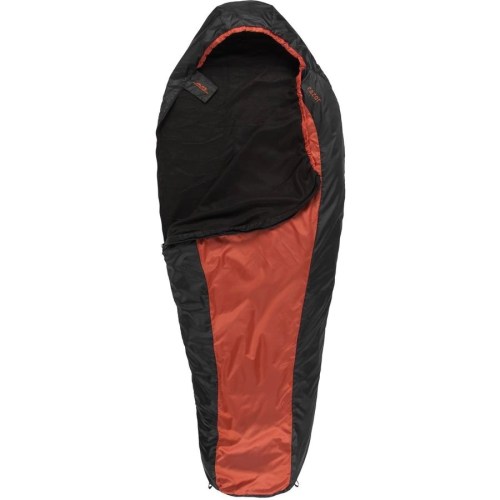
ALPS Mountaineering, Razor Fleece Sleeping Bag/Liner — $40.00
For choosing a sleeping bag, Bova recommends looking at the nighttime low temperatures then selecting a bag rated for 10-20°F below that. “Additionally, I like to use a fleece sleeping bag liner to add additional warmth and often stuff some clothes into my bag,” he says. “Not only do the clothes add a little extra warmth, it’s nice to have warm clothes to put on in the morning.”
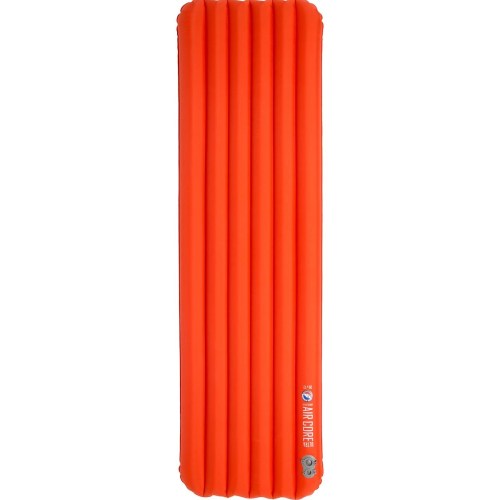
Big Agnes, Insulated Air Core Pad — $100.00
Sleeping pads are another important piece of the puzzle, as they get you off the cold ground and to help you retain body heat.
“I like to bring at least two sleeping pads. First, I like an insulated inflatable pad like the Big Agnes Insulated Air Core Pad ($100) and then a closed cell foam sleeping pad like the Therm-a-Rest Z Lite Pad ($40),” says Bova. “The closed cell foam pad offers a nice barrier not only under your inflatable pad, but is nice to sit and stand on when hanging around camping or getting ready in your tent on a cold morning. “
3. (Extra) waterproof clothing
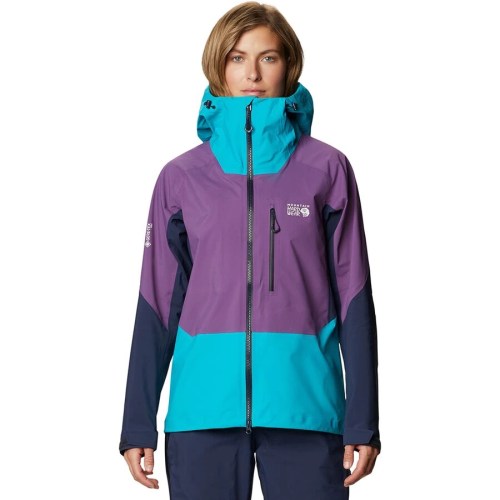
Mountain Hardwear, GORE-TEX Pro LT Jacket — $450.00
Not all waterproof fabric is created equally, and this can get tricky, especially when temperatures drop. Bova recommends sticking with a 3-layer membrane fabric, like GoreTex Pro, for pants and jackets. “Not only do these fabrics offer great water resistance, they also allow the body to breathe which is important because you don’t want to sweat too much and become wet.”
Complete your look with the jacket above and the matching pants, which you can buy here: Mountain Hardwear, GORE-TEX Pro LT Pants ($399)

Darn Tough, Alpine Over-the-Calf Midweight Sock — $26.00
Additionally, bringing extra layers is a really good idea. “First, you’ll want the extra warmth in case of an emergency,” Bova says. “Second, having dry clothes just in case something gets wet (think socks) can be very important not only for comfort but also to avoid frostbite.”
4. Food and cookware

Backpacker's Pantry, Kathmandu Curry — $7.00
Your body burns more calories in the cold, so be prepared to stock up. For food, Bova recommends calorie dense meals (dehydrated is fine, too.)
“I would recommend bringing a cooking sheet to place stoves on. You can even drill holes in it pre-trip to attach some stoves to,” Bova says. “Having this sheet is nice to keep a level cooking area since using a stove in the snow will often melt the surrounding snow.”
5. Sunglasses
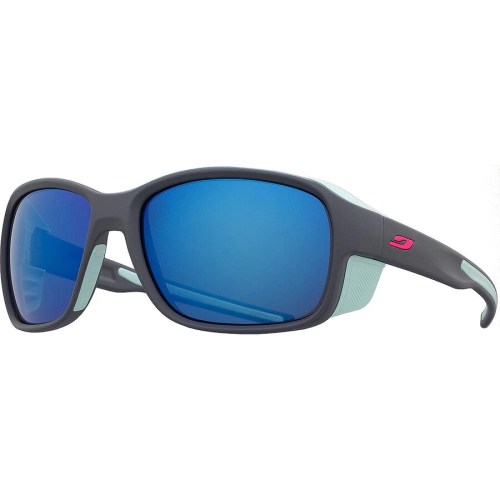
Julbo, Monterosa 2 Sunglasses — $100.00
A pair of sunglasses is a must, but not just any pair—a pair with side blockers.
“It gets really bright in the snow so having glasses that block the sun on the sides is really nice,” Bova says. “I really like Julbo, they offer everything from classic mountaineering shades like the Vermonts to something a little more modern like the Shields.”
6. A good shovel
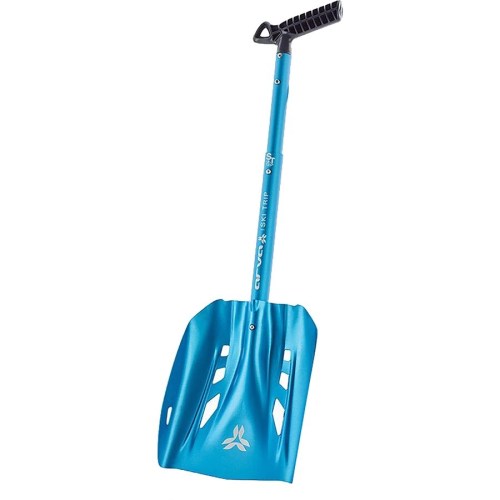
Arva, Ski Trip Shovel — $65.00
A good, portable shovel is a must for winter camping. “I would considering getting a shovel with a bigger blade if possible as this makes moving snow easier,” says Bova. “The ARVA Ski Trip Shovel ($65) and Mammut Alugator ($65) are two of my favorites.”
7. Down booties
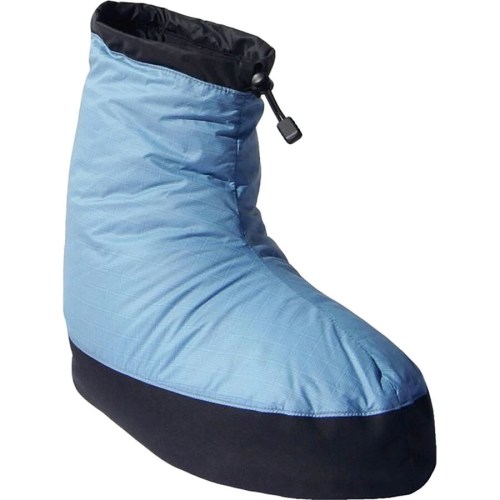
Western Mountaineering, Standard Down Bootie — $105.00
Who says you can’t get comfy in the backcountry? “Having some nice comfy, down boots to slip for around camp is really nice and they often pack down small and weigh little,” Bova says. “The Western Mountaineering Standard Down Bootie ($105) is my choice.”
8. An Ikea bag
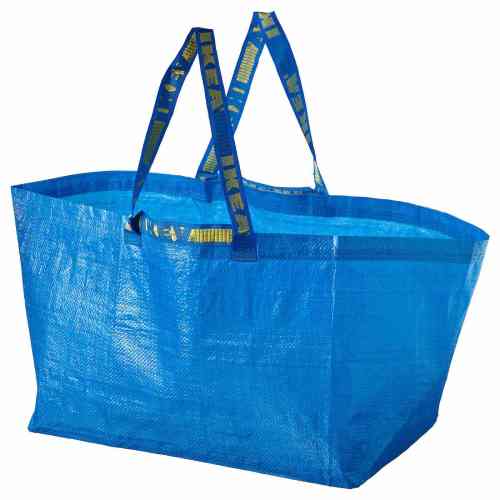
Ikea, Frakta Shopping Bag (Pack of 5) — $13.00
This one might surprise you, but it’s something Bova swears by: “I kid you not, having a bag to collect snow to melt to drink can save a lot of time and the big blue IKEA works great for just this purpose,” he says. Take his word for it and don’t forget your Frakta!
9. A Garmin InReach

Garmin, InReach Mini — $350.00
Garmin’s line of GPS and satellite communicators are beloved by outdoorsy types everywhere. “These are a great emergency tool as they allow you to contact authorities by satellite in case of emergency,” Bova says. “Additionally, you can pay for a subscription which will allow you to text loved ones and even receive weather forecasts.”
10. Pro-approved gloves

Black Diamond, Guide Ski Gloves — $180.00
Last, but certainly not least, keep your mitts warm and toasty with a good pair of gloves. “I highly recommend Black Diamond guide gloves,” Bova says. “These are the warmest gloves I’ve come across to date that still allow good dexterity so you can fully use your hands.”
Oh hi! You look like someone who loves free workouts, discounts for cutting-edge wellness brands, and exclusive Well+Good content. Sign up for Well+, our online community of wellness insiders, and unlock your rewards instantly.
Sign up for the Well+Good SHOP Newsletter
Get exclusive deals on wellness, beauty, fitness, and food products that have been hand-picked by our editors.
Got it, you've been added to our email list.









